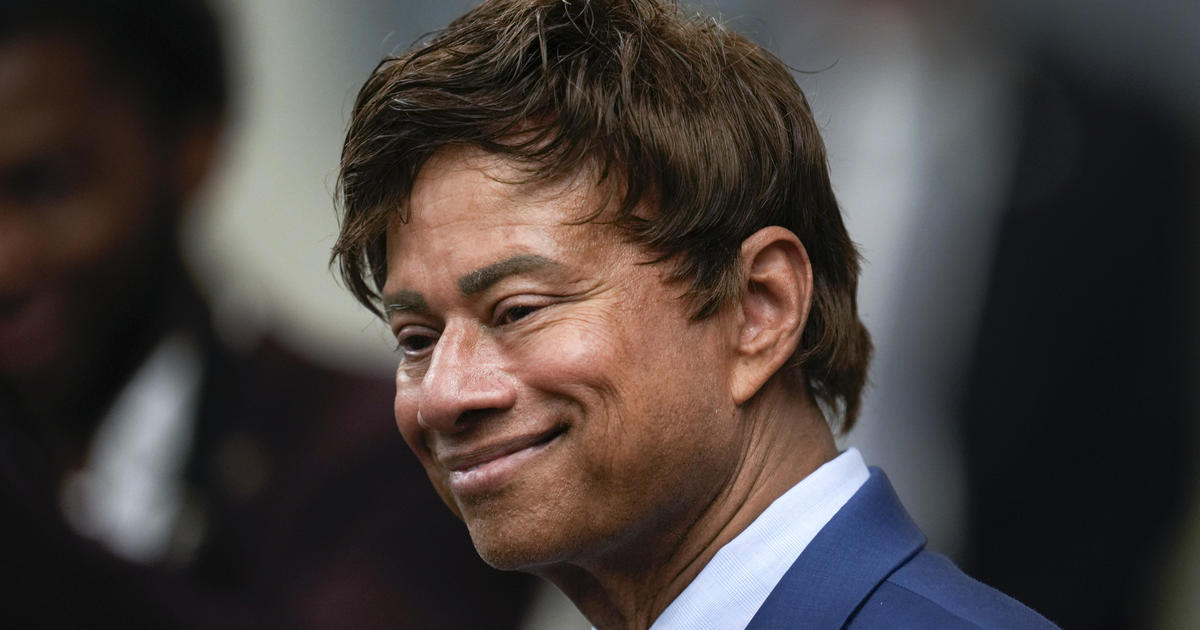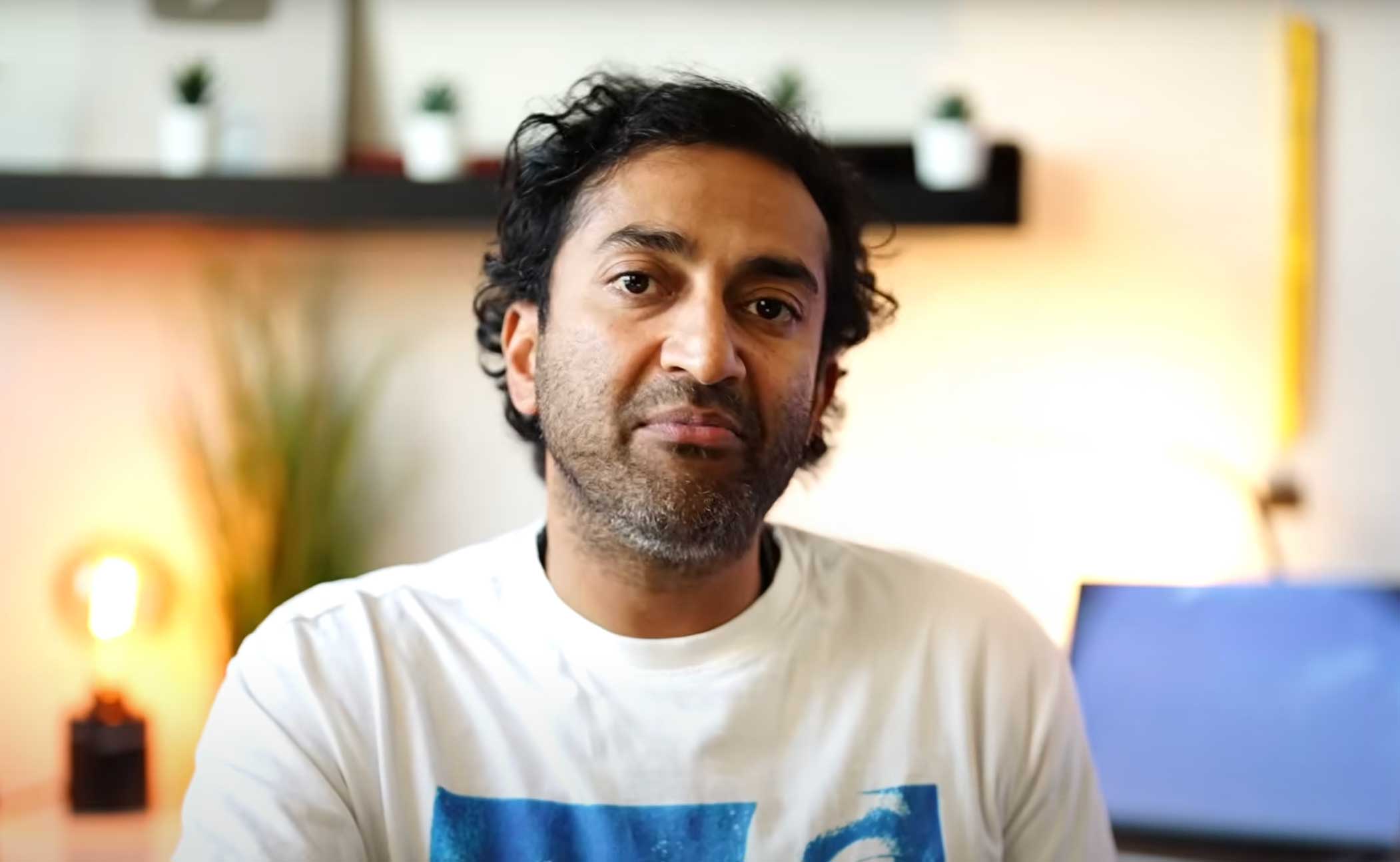We asked a former CDC director about the new mask guidelines. Here's what he said
The Centers for Disease Control and Prevention (CDC) announced last Thursday that fully vaccinated Americans no longer need to wear masks or social distance in most indoor and outdoor settings, regardless of gathering size. This followed the CDC's approval for children between the ages of 12 and 15 to receive the Pfizer vaccine.
These announcements signal a return to normalcy in the U.S., but how "normal" will this summer and the rest of the year look? Here's what Dr. Richard Besser, former acting CDC director and president of the Robert Wood Johnson Foundation, told "Face the Nation."
What is your assessment of where the country is now in terms of immunity, vaccination rates and vaccination eligibility? How "normal" is this summer going to look?
We have reached a true turning point in the pandemic in the United States. We have three authorized vaccines that are highly safe and effective; we have enough vaccines for everyone who is eligible to receive one; and those who are fully vaccinated can now safely enjoy many of the freedoms and activities they have missed since the pandemic began. For millions of Americans, this summer will be very different from last summer, and that's a great thing.
Having said that, this pandemic is far from over. The U.S. is still averaging tens of thousands of cases and hundreds of deaths per day, with a disproportionate share of cases, hospitalizations, and deaths affecting people of color. We must continue to make it easier for anyone who wants to get vaccinated to do so, and increase our outreach into the communities that have been hit the hardest. And we cannot forget that the virus is still raging in countries around the world, many of which have not received a single shipment of vaccines. We must not only remain vigilant in our country, but meet our responsibility to provide more help to other nations that are struggling mightily without the resources and vaccine supply the United States enjoys.
What else can the administration do to reach communities across the country with the message of getting vaccinated?
It is heartening that the United States now has enough vaccine supply to vaccinate anyone over 12 years old who wants a shot. However, for many people — particularly people of color who have shouldered the heaviest burdens since the pandemic began — barriers to access remain a significant challenge to getting vaccinated. Misinformation still persists in terms of vaccine risks and costs. Many workers cannot take time from work to get vaccinated, and if they feel poorly following vaccination, they do not have the benefit of paid sick leave. Even as we have made progress in narrowing the gap, health disparities still persist in our vaccination rollout: about 40% of White people who are eligible to be vaccinated have received at least one shot, compared with 29% of Hispanic people and 27% of Black people.
That's simply not good enough. It is unacceptable that the same populations that have been hit the hardest by this pandemic also have among the lowest vaccination rates. We must do more to ensure that it is as easy as possible for everyone to get vaccinated. That means bringing vaccines directly to underserved areas; providing night and weekend appointments for those who can't get to clinics during work hours; getting vaccines into doctors' offices where many patients feel most comfortable; encouraging employers to provide paid time off for those who need to recover after getting shots; and ensuring that those who still have questions about the vaccines have the opportunity to be heard and get answers that satisfy them.
In addition, we need to find ways to bridge the political divide. While most people who are Republican want to get vaccinated, the percentage who do not is much higher compared with Democrats. The virus doesn't care about political affiliation, but unfortunately, the politicization of the response to COVID-19 has led to marked differences when it comes to vaccination. Hopefully, as more people know friends and family members who have been vaccinated, demand for vaccination will increase.
Do you think the new CDC guidance on masking will convince adults who have not yet received a vaccine to get vaccinated? Will it encourage parents to get their children vaccinated?
I sure hope so. The new guidance reflects the growing science that vaccines are incredibly protective against severe disease, hospitalization, and death; they are the ticket to a return to our normal lives. It would be wonderful if everyone who is eligible to get vaccinated chooses to do so. The studies that have been conducted since these vaccines were authorized demonstrate that they are some of the most effective vaccines that we have for any diseases. In addition, the science continues to grow indicating that people who are vaccinated and become infected are very unlikely to transmit the infection to others.
As a pediatrician, I strongly encourage parents to get their children ages 12 and older vaccinated. Although children are at much lower risk of having severe COVID-19 infection, hundreds of children have died from COVID-19 and thousands have developed a severe inflammatory condition following infection. We still don't know the long-term impacts of COVID-19 among children, whether it's those who have been directly affected or even those who have not been infected but have still had their lives upended. Children are best protected when they are vaccinated directly and when the adults around them are vaccinated as well.
With almost 17 million children now eligible for the vaccine, how long before the U.S. achieves herd immunity? When can we expect children under the age of 12 to be eligible to receive the vaccine?
I've stopped talking about herd immunity. Herd immunity is reached when a sufficient percentage of the local population have been vaccinated or have had the disease so that transmission grinds to a halt. I don't believe it is attainable everywhere for COVID-19 and it misses the most critical point: every single person who gets vaccinated gets personal protection from infection and also helps reduce the spread of COVID-19 in their community. The ongoing national conversation around herd immunity may hurt more than it helps because it gives the sense that if we don't hit a singular "magic number," we've lost the battle against COVID-19, and that if we hit that number, we've won. Vaccination rates will vary markedly by community, which means that risk of community spread will vary as well.
With respect to children under age 12, the FDA's vaccine advisory committee will meet in June to discuss vaccines for young children, who typically require different dosage levels than adults. Given the markedly reduced risk of severe infection and death in very young children, the committee will be able to indicate what they would like to see as they consider vaccine authorization. Pfizer has announced that it intends to submit clinical trial data to the FDA for children ages 2-11 by September, and data for infants ages six months to 2 years by the end of the year.
What are your thoughts on how businesses should navigate whether people are vaccinated or not (this whole idea of working off of the "honor code") especially when people didn't want to wear masks and take precautions in the first place? How should people go about trusting one another?
The requirement for masks in various work settings is a challenging area. It is very likely that there will be a lot of variation. CDC recommends that people continue to follow the requirements that businesses have put in place.
In terms of trust, that is a tricky one. I hope that people will continue to wear masks in settings where they are recommended or required if they are not fully vaccinated. Most of the infection risk is borne by the person who chooses not to get vaccinated and not to wear a mask. However, there is also risk that people who are unvaccinated and unmasked will spread disease transmission amongst themselves that could lead to the development of new variant strains. They also pose some risk to those who are unable to get vaccinated due to age or medical condition. Parents will need to pay extra attention that their unvaccinated children are masked in indoor settings if masks become optional. For these reasons, I hope people do the right thing.
It is unfortunate that trust — in our public health institutions and officials, and among each other — has been in short supply during this pandemic. This has been the most politicized response to a public health emergency in my lifetime, and the consequences have been severe. This is the time to unite as a country around the public health roadmap to defeating this virus and achieving an equitable economic recovery.
To sum up: while this guidance marks a game-changing moment, don't throw your mask away quite yet. You'll need it in certain settings: hospitals and clinics, public transportation, and transportation hubs like airports, and congregant settings. You'll also need your mask to comply with local business rules. And those who are fully vaccinated may still choose to wear a mask even in settings and situations where the CDC says it's OK to remove them. Given the severity of the pandemic, we should respect those who take a more cautious approach, and we should honor the requests of businesses and individuals who prefer the use of masks.
If kids can get vaccinated by the fall, will they have to wear masks at school still during the fall semester? What does that potential guidance look like?
Today, children as young as 12 are eligible to be vaccinated. Hopefully, that means millions of middle and high school children will be fully vaccinated by the time next school year begins, along with their teachers and other school staff. I'm hopeful that those who are vaccinated will be able to take off their masks in school next fall, but we'll have to see whether cases are continuing to decline then as they are now. Either way, it will still be important for schools to take other steps to keep their buildings safe for all, such as improving ventilation. We must ensure schools have the resources to take those steps. But it is my hope that middle and high school students will be able to have a school experience next year that feels much closer to normal than this school year has been.
Elementary schools are another story, of course, because those younger students are months away from being eligible to get the vaccines. So much will depend on the trajectory of the pandemic, how much disease transmission there is in communities, and what we continue to learn about the level of risk to younger children and how best to protect them. It is quite likely that masks for children will still be the norm in elementary schools.
How long do you think it will be until we can all get rid of our masks for good?
That depends. CDC will continue to evaluate the science, the trajectory of the pandemic, the levels of vaccine coverage, and the risk in various venues. We may have learned during this pandemic that in some settings (such as nursing homes) and at some times of the year (the winter), masks may need to be a permanent new normal. We may also find that given how effective masks were at reducing seasonal influenza, some mask wearing is here to stay.





